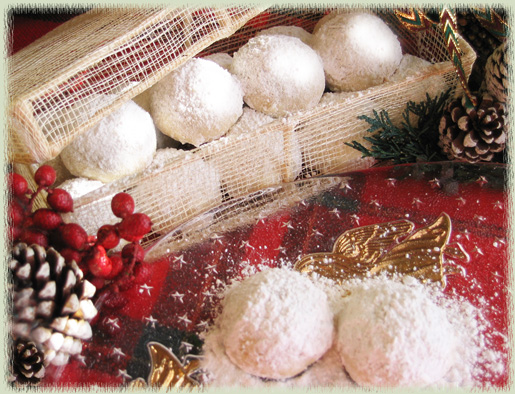 Russian Christmas Food
Russian Christmas FoodEver wondered in a Russian restaurant and got amazed by the amount of calories that each dish contained? Or, maybe, thought why do these Russians eat that vegetable soup with meat, then pasta with meat and then have that sugar-rich drink with plenty of fruit? Read on, for we are about to tell you where the Russian food is coming from and, most importantly, why is it this way.
For starters, let's remember that Russia, aside from being a land of Tsars, Bolsheviks, Revolution, Perestroika and Sputnik is a vast amounts of land. It's so big it takes almost 1/6th of total surface of all land on Earth. Apparently, the climate there isn't always friendly. In fact, most of the Russia's land experiences cold weather approximately 7 - 8 months in a year. Which doesn't leave much for warm-loving crops, animals and other growing or running food that one can procure.
 russian christmas food
russian christmas foodMost of traditional Russian meals are not spicy. However, being such a vast land, Russia inevitably happen to be the place where East and West would cross their paths. Roads from Asia lead to Europe - all the way through Russian spaces. Apparently, getting spices and other condiments, not custom to original Russian foods, was much easier business for cooks in Russia, than it was for Europeans. The fact that this land had been a place of many crossroads also explains why Russian food has meals similar to those in many different countries. For example, Russian vareniki or pelmeni are very similar to ravioli from the West and dumplings from East.
Article Source: http://EzineArticles.com/?expert=Vlad_Grubman


